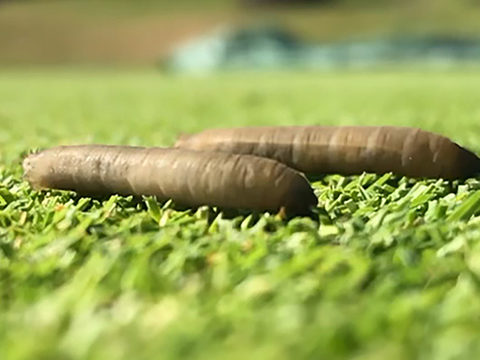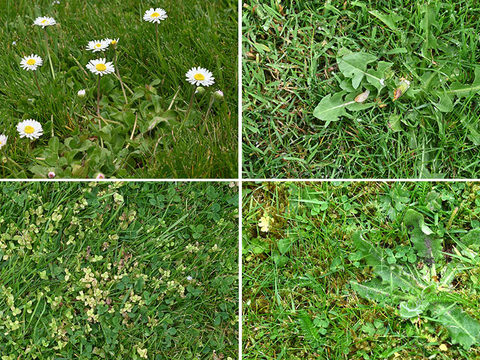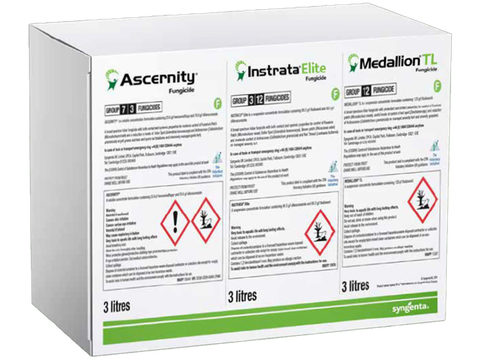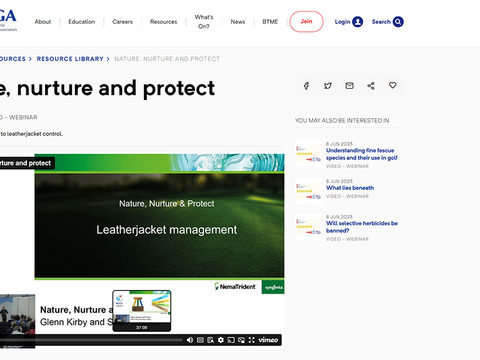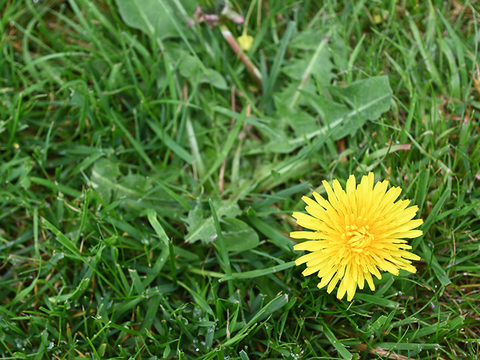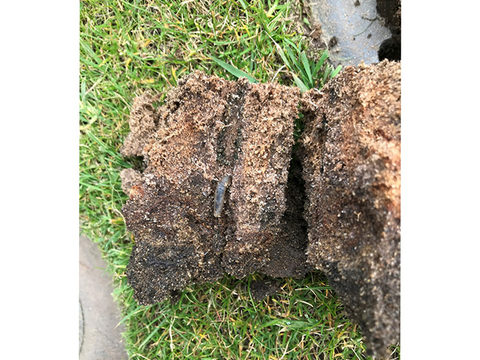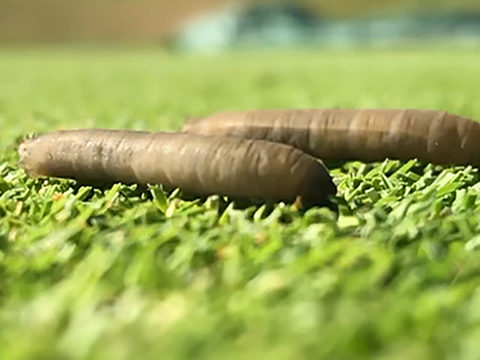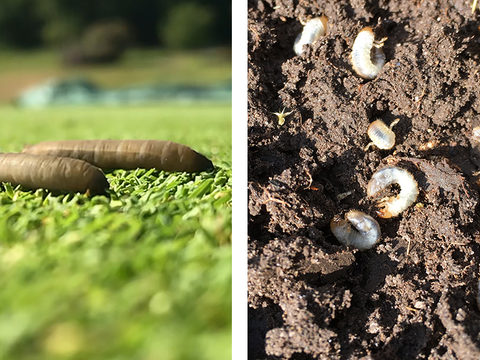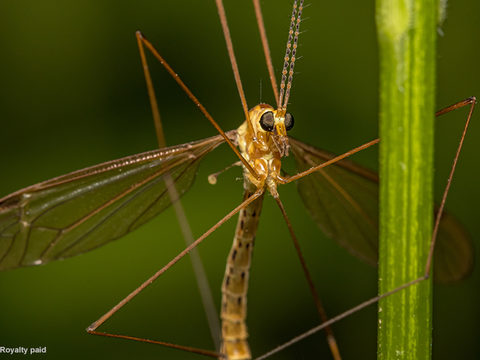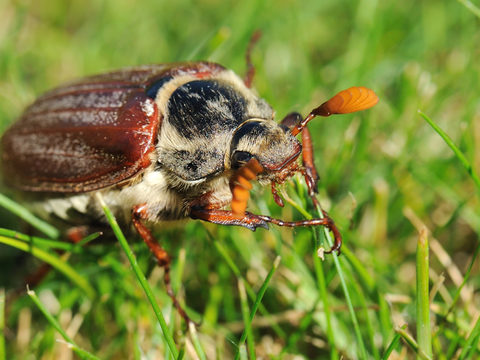TURF DISEASE CONTROL INSIDE OUT
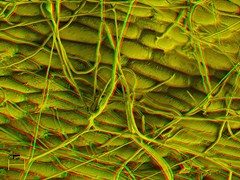
A better understanding of turf disease pathogens and how they attack plants will now enable greenkeepers, turf managers and agronomists to improve selection and timing of control options, according to Syngenta Turf Technical Manager, Marcela Munoz.
Speaking at BTME in Harrogate this week (20 January 2015) she highlighted the mantra of 'Right Time, Right Treatment, Right Place' was paramount in preventing disease damage developing, and ultimately protecting turf quality.
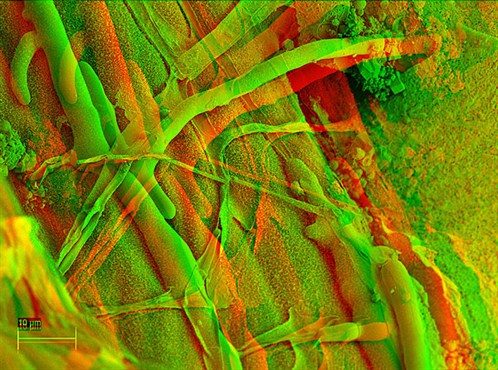
"New Syngenta research into turf disease development and plant biokinetics has revealed the detailed mechanism for leaf infection. It has clearly defined the fungicide strategies required to protect the leaf surface or to tackle infection early within the plant, and to prevent damage breaking out," she advised.
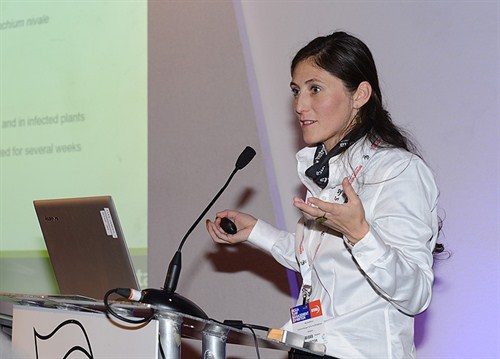
High-powered electron 3-D microscopy, undertaken by Syngenta International Research Centre at Jealotts Hill, Berkshire, has pinpointed spore germination of Microdochium Patch (Fusarium) on the leaf surface, and the process of mycelial ingress through stomata. "The incredible detail achieved showed how the infection occurs and where disease can develop on turf that otherwise looks clean and healthy," warned Miss Munoz (above).
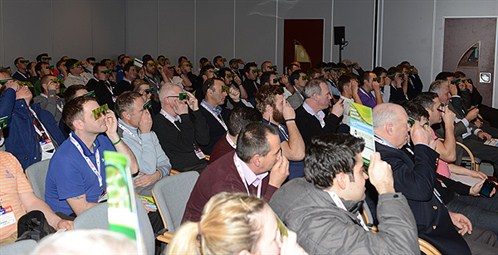
"It has confirmed the crucial importance to have effective fungicide protection on the leaf surface before disease germinates, with appropriate activity on the spores and mycelium development.

"Ideally these treatments should be made immediately ahead of periods of disease risk, as indicated by the GreenCast disease forecasting system," she advised. "Furthermore, we can see from the electron microscopy that application technique and product formulation are also key elements of fine tuning fungicide strategies to protect turf health."
Biokinetics research has shown that the superior formulation of Medallion TL provides an effective fungicide barrier locked onto the leaf wax surface, for example, with optimum results achieved in practice from applications using Syngenta XC Nozzles at a reduced water volume of 250lt/ha.
The microscopy highlighted how outdated poor fungicide formulations can lead to coagulated blocky deposits on the surface (below), with large areas of leaf unprotected that would allow germinated spore growth to get into the plant.
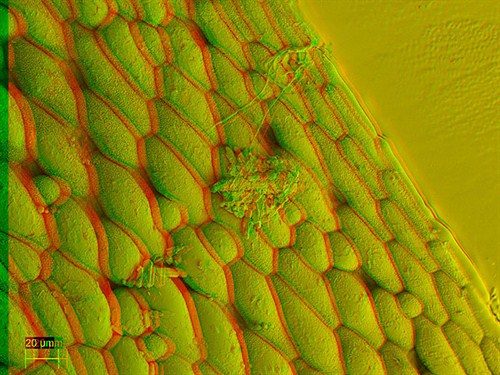
Miss Munoz advocated fungicide protection before disease has the chance to get into the leaf is invariably the best option. "But where disease has penetrated the surface, turf managers need a different strategy to prevent it developing. Contact activity on the surface has little or no effect once disease is in the leaf.
"The new imagery is a revelation of what is going on in the leaf. We have seen the extent of mycelial growth working its way through the leaf, even before there are any visible signs. That immediately starts to impose immense stress on the plant and has implications for turf health.
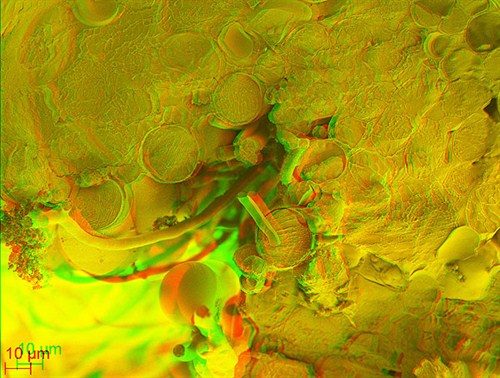
"Targeting disease development within the leaf with curative and eradicant activity is essential to relive the stress and to stop infection from breaking out to damage the playing surface." Miss Munoz cited the multi-active action of Instrata enables targeting of disease control inside and out of the turf.
"Turf managers must be aware that if they see any symptoms of disease on turf surfaces, there is an exceptionally high chance that invisible infection will for working away on and in the leaves of other plants (above)," she warned. "That is when the multi-active Instrata is invaluable as a tool to counter the threat. It will give affected plants a greater chance of rapid recovery but equally importantly help to stop further damage and clean-up infections (below)."
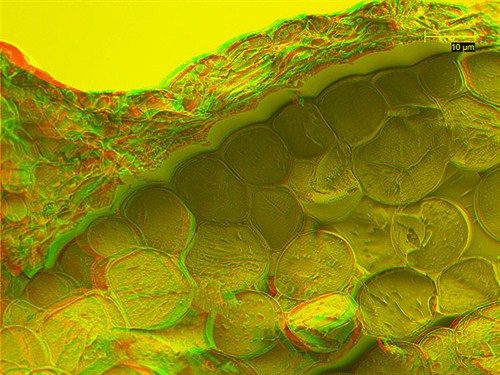
The combination of both fast acting systemic and contact+ actives in Instrata is an essential attribute to target disease control inside out. Furthermore, research has shown how it provides additional anti-resistance attributes by targeting pathogens at different stages of its life cycle.
Once turf surfaces are back in clean and green conditions, a proactive prevention programme with targeted applications of Medallion TL, in combination with cultural ITM actions, will help to maintain the best possible playing surfaces.

